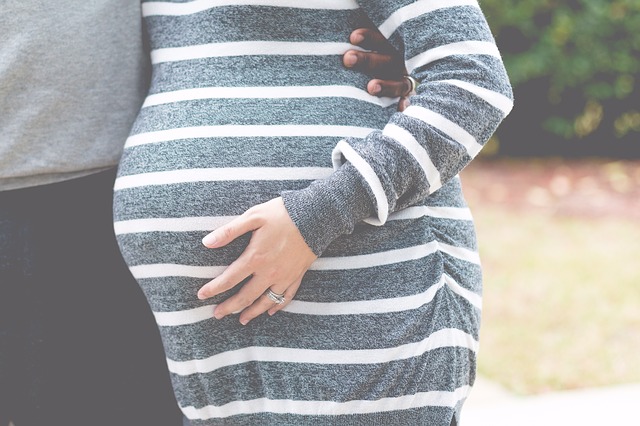In assisted reproductive technology (ART), implantation is one of the vital steps to obtain a successful outcome. Successful implantation depends upon some parameters which include:
- Embryo quality
- Receptivity of endometrial
- Proper synchronization between embryo- endometrial interactions
A self-limited widow period is required to prepare the endometrium to acquire the necessary modification and physiological changes for blastocyte attachment in the implantation step. Therefore, conceiving through both natural and application of ART requires endometrial receptivity. But clinical researchers reported that controlled ovarian hyperstimulation process followed in ART hampers endometrial receptivity. During the implantation process in the ART cycle, the embryo is transferred to the artificially prepared endometrium and expose to a supraphysiologic hormonal level which is common in case of controlled ovarian stimulation process. Supraphysiologic hormonal condition is the outcome of the increased ovarian level of estradiol and progesterone during the follicular phase leads to biochemical and morphological alteration of the endometrium and convert to advanced endometrium, which is uncommon in a normal cycle. Eventually, these artificial changes of endometrium physiology may adversely affect the success rate of the ART treatment.

Hormonal changes induced during the ART cycle could mediate an unsynchronized interaction between transferred embryo and endometrium. The unfavorable environment in the endometrium can lead to implantation failure.
The fresh egg donation cycle gives a better pregnancy rate in the ART cycle. In this procedure, the endometrium is artificially prepared for embryo transfer and does not expose to supraphysiologic hormonal level, which is common in controlled ovarian stimulation process.
The reason for egg recipients provides better pregnancy outcomes than egg donors due to the superior quality of endometrial receptivity. This claim already gets evidential support to obtain from different research study results.
Accepting the egg-donation cycle in the ART process for recipients is an effective way to speed up finishing the waiting period. A research conducted by M.Y. Thum, et.al. in 2003, evaluate the outcome of patients participated in an egg-receiving program with patients accepted standard IVF treatment. The study result showed egg-recipients did not provide any detrimental effect, which showed it is a safe process. Even This study reported that the misconception of stronger stimulation require for joining egg sharing program is also wrong.
In the case of the frozen embryo transfer process, the preparation of endometrium is conducted by the precise application of estradiol and progesterone level and avoids controlled ovarian stimulation by treating with gonadotropins. Recent advancement in cryopreservation of gametes and embryo and potential implantation technique provides a similar success rate as a fresh transfer.



